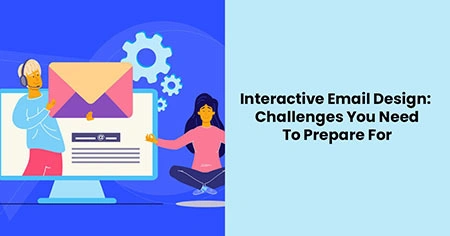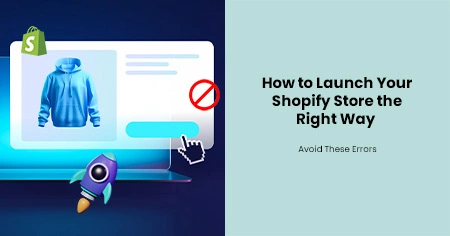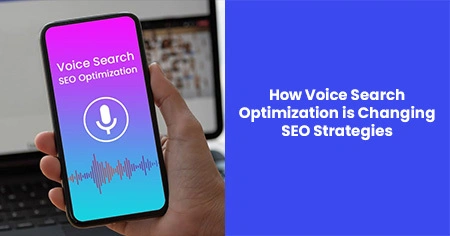But before you go all in, let’s have a heart-to-heart.
Those interactive email templates look gorgeous. But email interactivity is not as simple as adding a few fancy elements. It’s not impossible, but it’s also not a simple plug-and-play solution.
“Surely it just takes more time and specialized skills, right?” you might think. If only that were it! The truth is there’s a whole list of challenges that can trip you up along the way. And if you’re thinking, how hard could it be??—well, let’s talk about that. Here are the key barriers to creating effective interactive email templates to be aware of.
What Are Interactive Emails?
Interactive HTML emails contain interactive design elements that your recipients can interact with within the email inbox. Yes, the web-like experience without redirecting the subscribers to the new window or landing page.
Unlike static emails, advanced custom interactive HTML email invites users to engage with it. They have to do something to access the full experience of it. These actions…types of interactions vary. Anything from basic clicking and swiping to elaborate scratching, hovering, or revealing additional content.
But wait, aren't all emails interactive since they have clickable links?
Not really. There is a key difference.
In traditional, static emails, the clickable link redirects you to a landing page where the rest of the interaction happens. Meaning that the actual action that matters takes place on the website, not in the inbox.
Interactive emails, however, provide the interactive function in the email itself. And subscribers interact with it within the email.
How’s that useful to my email campaigns, you ask?
Because interactive features demand user input, interactive email templates are a non-pushy and effective way to boost engagement.
When subscribers can interact with your email content within the comfort of their inbox, they are not passive readers. They are actively experiencing it. It makes them feel valued, improving your brand recall. Plus, the interactions are a great place to collect first-party data that informs your future campaigns.
HTypes Of Interactive Email Elements
Hover and Roll Over Effects
The simplest place to introduce your emails to interactivity. Here, the element changes its state when hovered over with a mouse. Apply these effects on buttons, images, or text, giving your emails a subtle yet delightful energy.
Image Carousels
Display multiple images in a limited space. Subscribers can slide through them by clicking buttons on both sides of the container.
Countdown Timers
It’s an embedded visual clock in the email that keeps ticking. This clock starts at a certain time and counts down to zero as a form of real-time personalization. It encourages subscribers to take action quickly because they see the time running out. This can lead to more clicks and conversions.
Live Polls
A low-stack and engaging opportunity for your interactive email templates to learn more about your audience is this. It collects votes and shows results to the subscribers in real time. The vote updates as subscribers open and click through. Plus, more data points to inform future campaigns.
Add to Cart Functionality
This interactive email is meant to offer a more seamless checkout experience. Subscribers can go through the product options within the email. No need to click through to a separate landing page.
Gamification
Gamifies emails Fun games and quizzes Games and quizzes aren't just fun - they also encourage subscribers to spend more time with your brand, increasing the chances they'll take action, like making a purchase.
Accordion Menus
Accordions are a useful interactivity solution for categorizing vast amounts of content in a single email. They typically appear as expandable sections that push down a block of relevant content when the reader clicks on it.
Offer Reveals
This interactive feature hides a special offer or discount that is revealed when the user actively interacts with it. Scratch-off cards and wheel spinning are popular ways to create excitement for the recipient to discover the deal.
Email Hotspots
When you want to let your subscribers find additional layers of detail in an image without making your design too crowded, hotspots are the interactive elements to go to.
Progress Bar
Interactive email templates with progress bars display a graphical bar that fills up as progress is made. It’s a clear visual cue of how close the recipient is to completion. The use cases are versatile—to show the progress of a sign-up or purchase process, to signal the completion of a loyalty program, or the status of a shipping confirmation.
What Challenges Do Interactive Email Templates Face?
- All Email Clients Do Not Support Interactive Elements
It’s disheartening but true. Email interactivity is not universally supported by all email clients. Right now, when people open emails, only half of them use email clients that can show interactive elements properly.
Some interpret HTML and CSS differently, which leads to inconsistencies in how interactive emails are displayed. While some email providers restrict interactive features due to potential security risks associated with advanced coding. For instance, Gmail and AppleMail support CSS animations, but Outlook falls behind.
The result is the interactive element either does not display correctly or gets completely blocked.
Tackle this by: Creating fallback strategies and testing across email clients.
- Interactive Elements Can Slow Down Email Load Time
The CSS coding for email interactivity adds a lot of weight to your interactive email templates. This and the heavy graphics tend to slow down email loading. The longer wait times cause poor user experience, frustration, potential email abandonment, a dip in engagement, and a higher unsubscribe rate.
Tackle this by: Optimizing interactive content for speed—compressing images, using lightweight code, and pre-loading key elements.
- Videos in Emails Can Be Unreliable
Media files like videos and animations are particularly sticky for email load times and size limits. Some email clients pose limits on the size of embedded media and attachments. This affects how interactive media is rendered.
Email clients like Apple Mail, iOS Mail, Outlook on Mac, Thunderbird, and Samsung Mail support emails with embedded videos. But you will be surprised to know that Outlook and Gmail do not support embedded videos.
Playback issues, slow loading times, and incompatibility with some browsers are other challenges of interactive emails.
Tackle this by: Hosting videos on third-party services like YouTube or Vimeo.
- Interactivity Can Distract from the Main CTA
Filling your email with multiple interaction points has a risk: subscribers might engage with the interactive content but miss your primary CTA entirely.
Tackle this by: Strategically designing the layout to guide users toward the primary CTA after engaging with the interactive email content.
- Users Don’t Always Recognize Interactive Elements
If subscribers don't recognize email elements as interactive, they won't engage with them. Simply because users do not realize they can click or interact with them.
Tackle this by: Making interactive elements more intuitive through visual cues. For example, hover effects, bolder CTA buttons, arrows showing where to tap, animations, and subtle instructions.
- Overusing Interactivity Can Disengage Subscribers
When used too often in every email, interactive email elements might cause interactivity fatigue, where subscribers start losing interest. This reduces their engagement with your interactive email templates. Neither overloading an email with too many interactive elements helps. Because too many clickable features can make an email feel cluttered and confusing.
Tackle this by: Being thoughtful about which email campaigns will reap maximum returns if email interactivity is applied. Integrating interactive features that add value to the email message rather than adding it for the sake of it.
- Interactive Emails Can Trigger Spam Filters
Interactive emails, especially the ones with heavily implemented interactivity, can resemble spam tactics by email providers’ algorithms. It can sometimes trigger spam filters or cause deliverability problems. Some email clients have strict size limits, which may affect the display of interactive features.
Tackle this by: Using lightweight HTML and CSS animations instead of heavy JavaScript.
Are Interactive Emails Worth It?
You might not want to hear the honest answer: it depends.
The value of interactive emails depends entirely on your purpose behind using interactivity. If your lizard brain is only chasing the shiny object or trying to grab readers’ attention with flashy elements, reconsider. Done well, static emails can be equally effective (sometimes more!).
Rather, a thoughtfully crafted plain-text email often outperforms an interactive email that looks impressive technically but lacks substance. No amount of Disney-level interactivity can salvage poor content. Subscribers will eventually stop opening your emails, no matter the amount of interactive bells and whistles you've added.
So when does interactivity make sense?
When it has earned its place in your emails. When it is there to enhance the subscriber experience or to serve a purpose that static content cannot. In such cases, smart marketers should design interactive emails that:
- Ensures your message is effective for recipients using clients like Outlook. Because Outlook resists most interactive functionality.
- Contains basic interactive elements supported by Yahoo or older Android versions.
- Delivers a fully interactive experience to recipients whose email clients support advanced functionality.
This approach also requires you to consider fallbacks when email clients do not entertain interactive elements.








